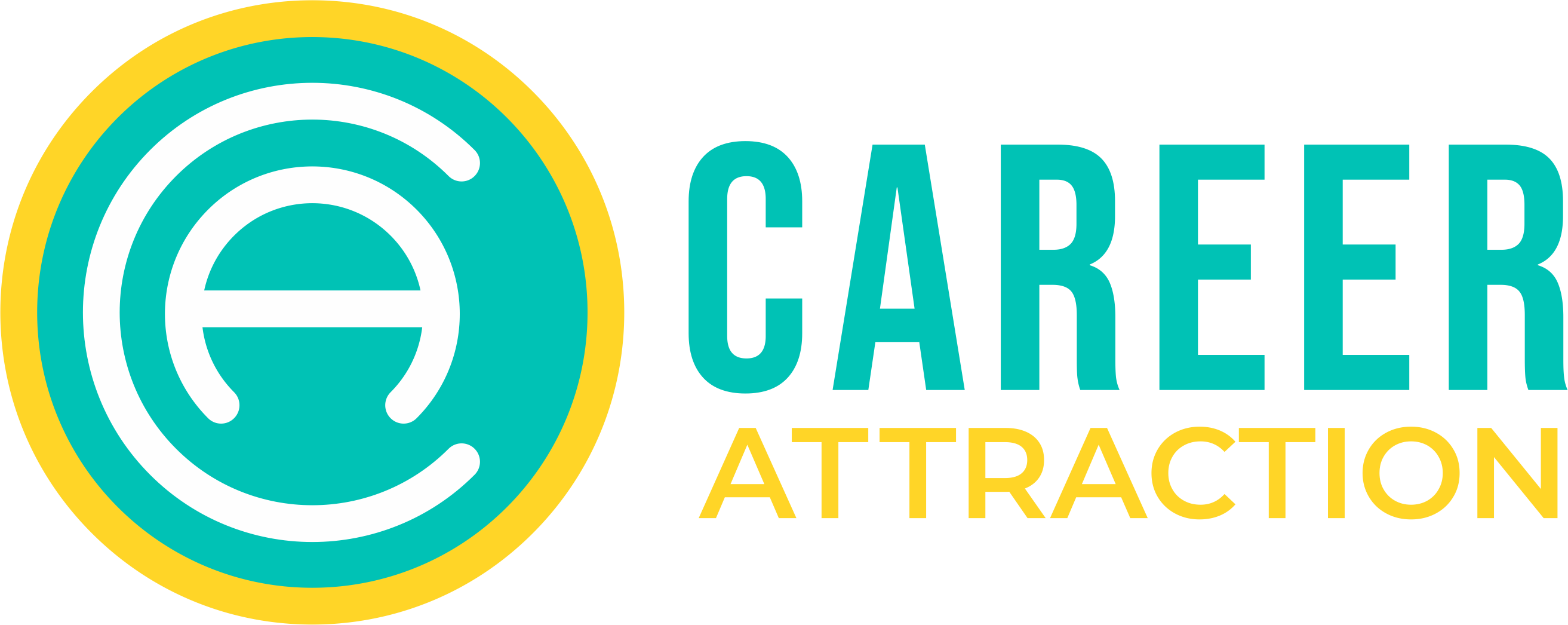TED (Technology, Entertainment and Design) Talks have become an online sensation — showcasing moving, insightful and powerful presentations on subjects that affect us all. In fact, 2013 witnessed TED’s one-billionth video view.
The idea that became TED was born in 1984 from American architect Richard Wurman’s observation of a powerful link between technology, entertainment and design. In 2006, the first six TED talks were posted online. Ken Robinson’s “How Schools Kill Creativity” was one of them and is now (deservedly) the most-watched TED talk of all time, with over 20 million views.
So, what can these 20-minute talks teach you about presenting? There are five key things all TED speakers do that can help you to create powerful presentations in the future.
1. Grab the Audience’s Attention
For the first few minutes, or even seconds, of your presentation, the audience is at the peak of their attention level. This is the point at which you need to hook them in by telling them how you’re going to make them healthier, happier or more successful. You have the opportunity to create an emotional bond with a room full of people, to make them laugh or even shock them with a controversial statement. Use it!
Jamie Oliver, the British chef, began his talk on obesity with, “Sadly, in the next 18 minutes when I do our chat, four Americans that are alive will be dead from the food that they eat.” That’s quite the way to gain your audience’s attention.
2. Use Personal Disclosure to Relate Your Message
We all share the experience of being human, and your audience needs to know you feel emotion and can personally relate to what you’re talking about. If you can disclose stories of you life and intertwine them into your message, you have a much greater chance of connecting with your audience.
Ken Robinson uses this technique effectively during his “How Schools Kill Creativity” talk — as we learn about his wife and children, it allows him to build his argument on the creativity of all children.
3. Remove Filler Words
Um, ah, like, you know, so and actually are all words we use as fillers when we speak publicly. They’re often employed because presenters are uncomfortable with silence and wish to fill gaps or pauses with something… or anything.
But filler words can give the impression of insecurity, nervousness and weakness of argument. One of the simplest ways to remove these filler words is to speak in bursts punctuated with pauses. The pause replaces filler words and also gives you a greater level of authority, confidence and self-control.
Tony Robbins is someone who speaks in bursts, which gives his audience time in the pauses to digest the thought. His “Why We Do What We Do” talk is a great example of this.
4. Make Your Audience Work
Many TED speakers make their audience imagine, reflect, remember or engage with each other. Making your audience do something apart from just listening means they’re building their own personal visual images and often using all five senses (sight, smell, touch, taste and sound). Audiences enjoy questions posed and problems to solve — it helps them foster a real sense of engagement with the subject.
Bruce Aylward’s talk on “How We’ll Stop Polio for Good” is a strong example of this. He begins by saying, “I want to ask if everyone could just close your eyes for two seconds and try to think of a technology or a bit of science that you think has changed the world.” Immediately, the audience is thinking about what the speaker wants them to think about -– they’re in the “zone,” so to speak.
5. Clearly Signal That Your Talk is Coming to an End
Knowing when someone has finished a presentation can often be a confusing moment. “Is that it?” we say to ourselves. Or maybe we think it should be over, but the presenter continues with a new train of thought — often to our disappointment.
Indicating that you’re reaching your final destination will increase your audience’s level of attention and give them the chance to really absorb your final message. Benjamin Zander does this beautifully in his truly inspiring talk “The Transformative Power of Classical Music” when he says, “So now, I have one last thought…”
How can you use these lessons to boost your own presentation skills?
Image: Flickr












